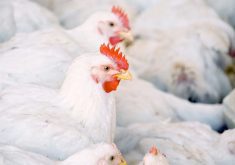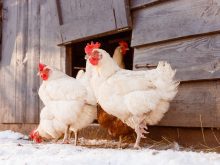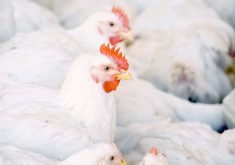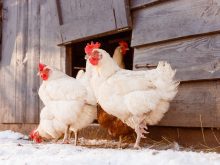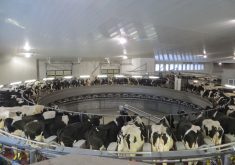Sask. resumes poultry exports to Taiwan
Saskatchewan poultry producers have regained access to the Taiwanese market after a five-year trade ban.
Federal agriculture minister Gerry Ritz announced Feb. 1 that Taiwan had lifted the ban imposed after avian influenza was found in a Sask-atchewan barn in September 2007.
No further cases of the reportable disease were found, and the province has been recognized as disease-free since 2008. Poultry products from other parts of Canada were not affected by the ban.
Clinton Monchuk, chief executive officer of Chicken Farmers of Sask-atchewan, said the province’s processors found other markets during the ban, but having access to Taiwan is great news.
Read Also

Storm dynamics and extreme rainfall
Besides moisture, instability and orographic lift, the next biggest factor that contributes to heavy or extreme rainfall is storm dynamics.
“Anytime you open up a market, it’s just an extra opportunity to export,” he said.
Several countries banned imports of Saskatchewan chicken after the 2007 incident, but most have lifted them, he said.
The value of the Taiwan market for poultry has grown significantly during the past five years.
It is now Canada’s fifth-largest export market, growing from importing $77.4 million worth of poultry products in 2007 to $142.4 million in 2011.
Monchuk said Saskatchewan produced slightly more than 54 million kilograms of live chicken in 2012 and exported seven million kg of that.
North Americans typically consume white meat, but most exports are dark meat.
“That dark meat is exported mainly into Asian countries, some in the former Soviet Union, where there is a demand,” Monchuk said.
“We do have some chicken that goes into the United States as well, but if anything we see more American chicken coming into Canada than we would see the reverse effect.”
Most exported poultry is cut up and frozen but not processed into products such as nuggets or strips until it reaches its end market.
“If you are going to do further processing like that, you’d likely ship it into the market into the United States where there’s just a little higher purchasing power than Asia.”
Monchuk also said the industry appreciates the continued work by the federal government to open up market opportunities while supporting supply management.



